Optimal Timing for Pavers Service
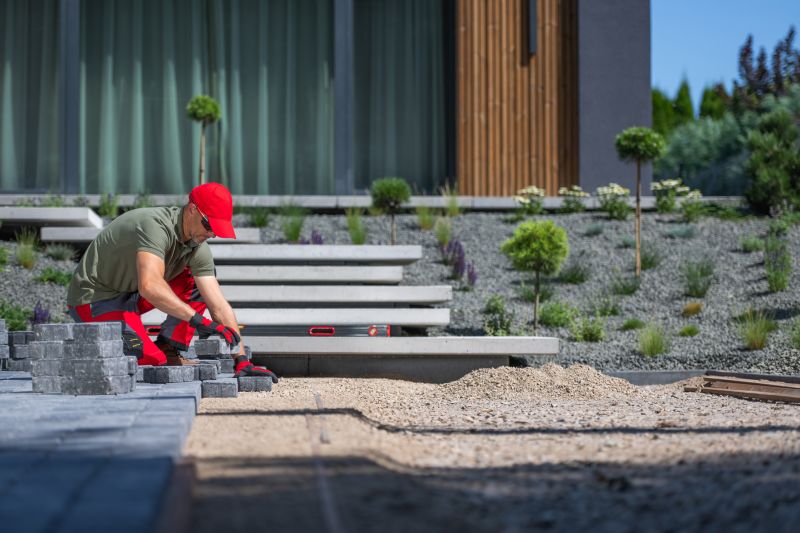
Spring offers moderate temperatures and dry conditions, ideal for pavers installation and repairs.
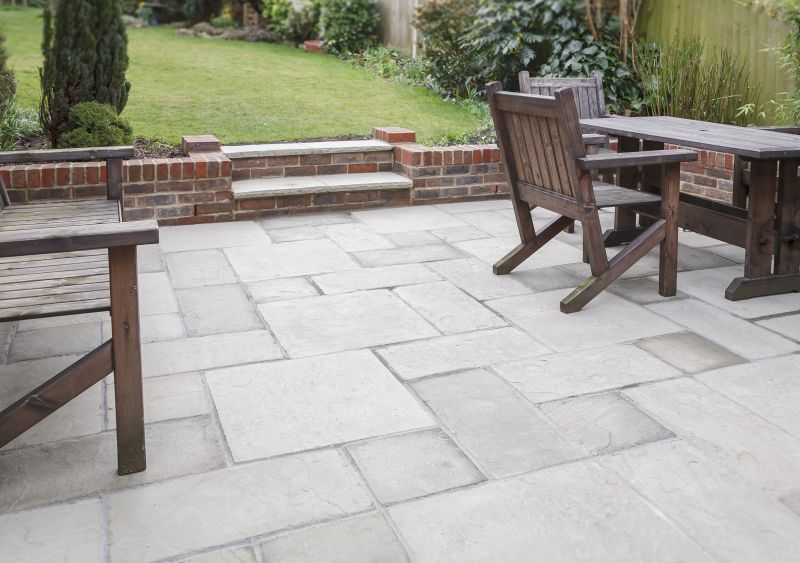
Summer provides extended daylight hours, suitable for ongoing pavers maintenance and sealing projects.
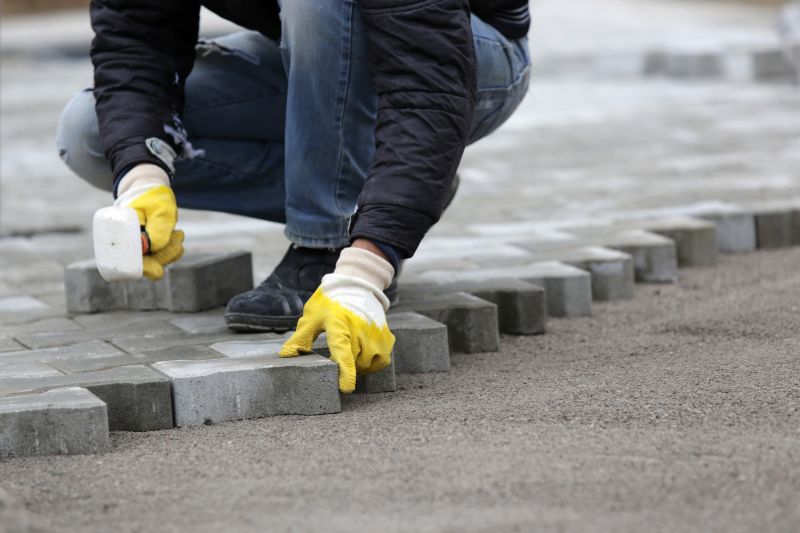
Fall is optimal for repairs before winter, ensuring pavers are secure for colder months.
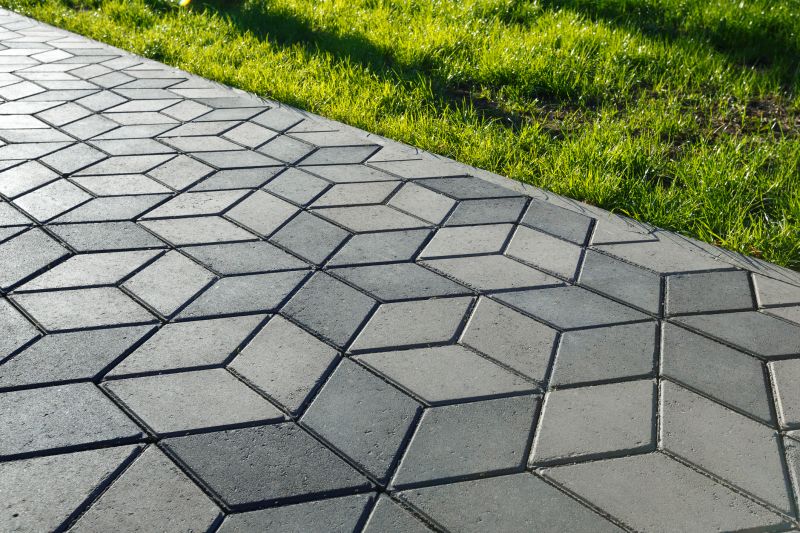
Ways to make Pavers Service work in tight or awkward layouts.
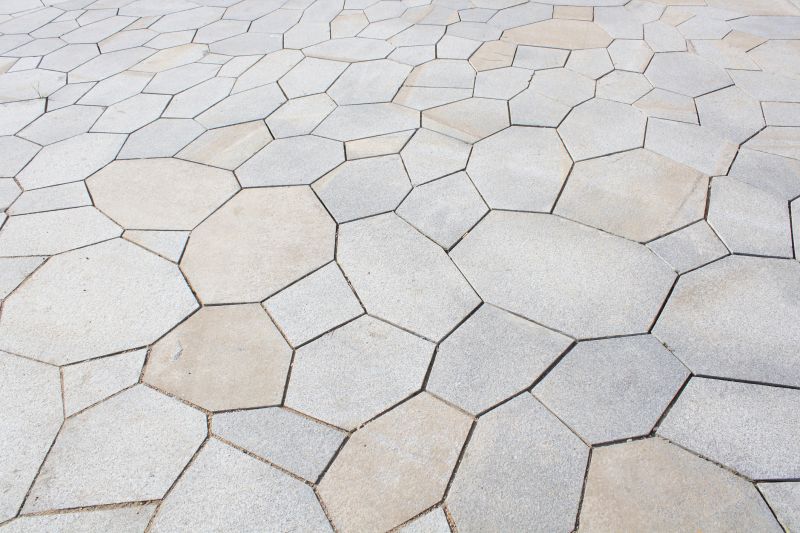
Popular materials for Pavers Service and why they hold up over time.
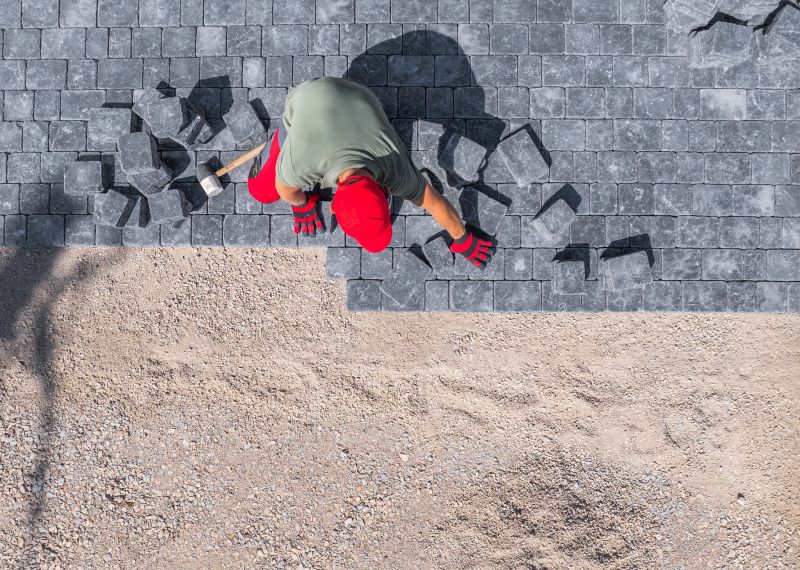
Simple add-ons that improve Pavers Service without blowing the budget.

High-end options that actually feel worth it for Pavers Service.
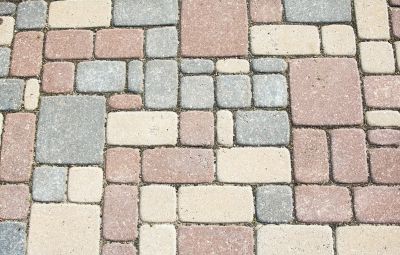
Finishes and colors that play nicely with Pavers Service.
Pavers service involves installation, repair, and maintenance of paved surfaces such as walkways, patios, and driveways. Proper timing ensures optimal results, longevity, and cost-effectiveness. Seasonal considerations impact the quality of work and the durability of the paved surfaces.
Statistics indicate that scheduling pavers service during milder weather reduces delays and enhances adhesion and setting. For example, spring and fall are preferred for installation due to moderate temperatures and lower precipitation, minimizing the risk of damage or delays. Summer is suitable for sealing and maintenance, taking advantage of dry conditions and longer daylight hours.
Dry, mild weather with temperatures between 50-80°F supports best results for installation and repairs.
Extreme cold or heat can hinder proper setting and curing of pavers, making off-season scheduling less effective.
Regular inspections and sealing during spring or fall help maintain appearance and structural integrity.
Heavy rain or freezing temperatures during installation can cause shifting, cracking, or uneven surfaces.

Spring's moderate weather supports durable installation of pavers.
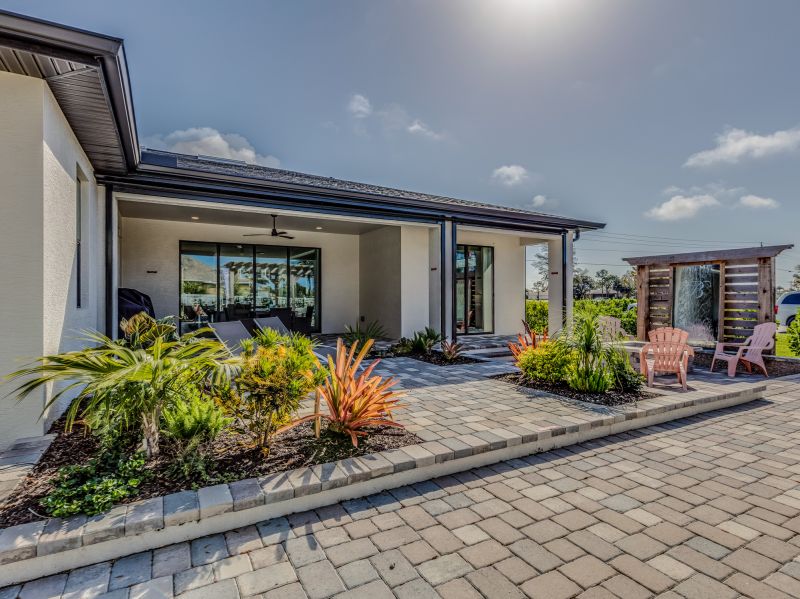
Summer is ideal for sealing and upkeep to protect against sun and heat damage.
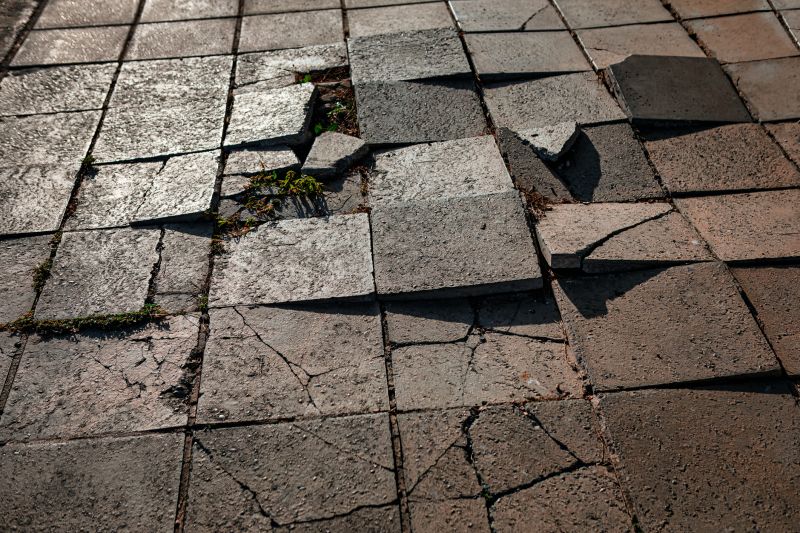
Fall allows for repairs before winter, preventing future damage.
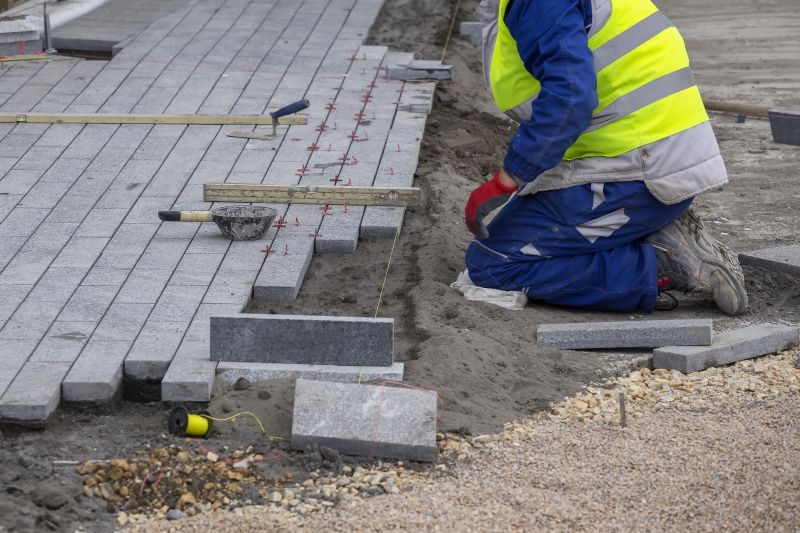
Winter is generally unsuitable for pavers work due to cold and moisture risks.

Little measurements that prevent headaches on Pavers Service day.
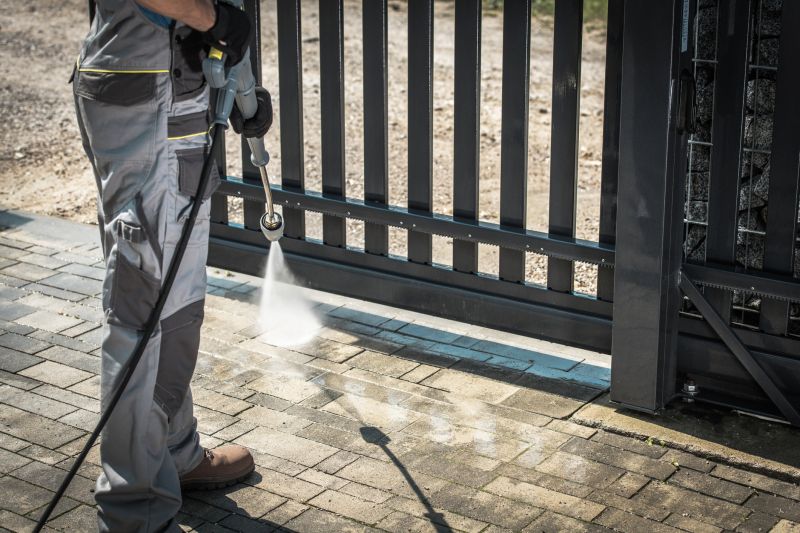
A 60-second routine that keeps Pavers Service looking new.
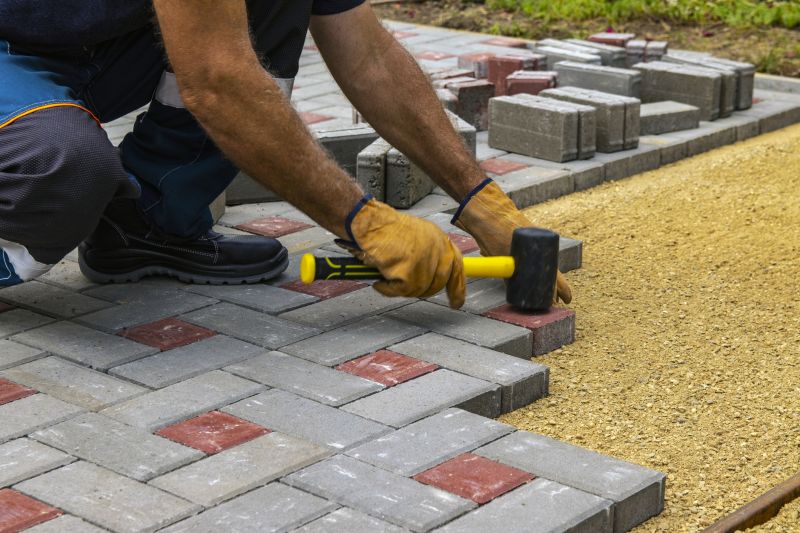
A frequent mistake in Pavers Service and how to dodge it.
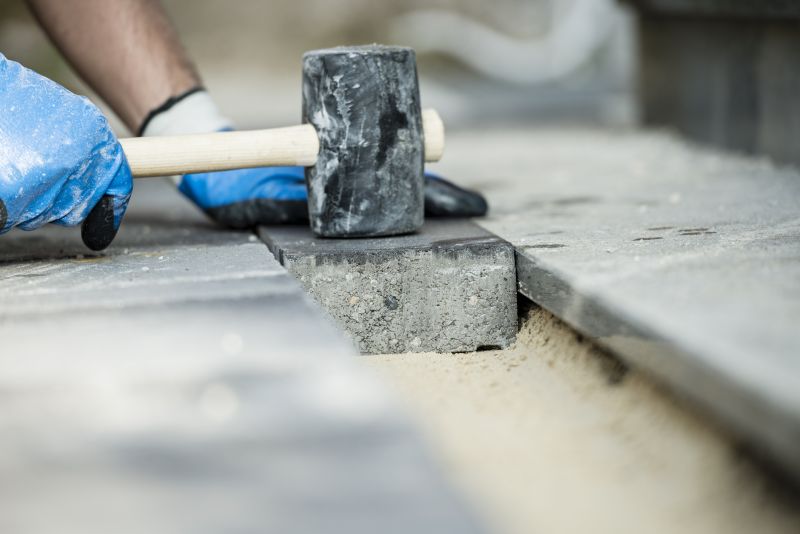
Small tweaks to make Pavers Service safer and easier to use.
| Season | Best Activities |
|---|---|
| Spring | Installation and sealing |
| Summer | Maintenance and repairs |
| Fall | Preparation and repairs |
| Winter | Limited or no pavers work |
Timing of pavers service significantly influences the longevity and appearance of paved surfaces. Scheduling during appropriate seasons ensures proper curing, reduces the risk of damage, and minimizes disruptions. Understanding seasonal weather patterns and their impact on pavers can lead to better project outcomes and cost savings.
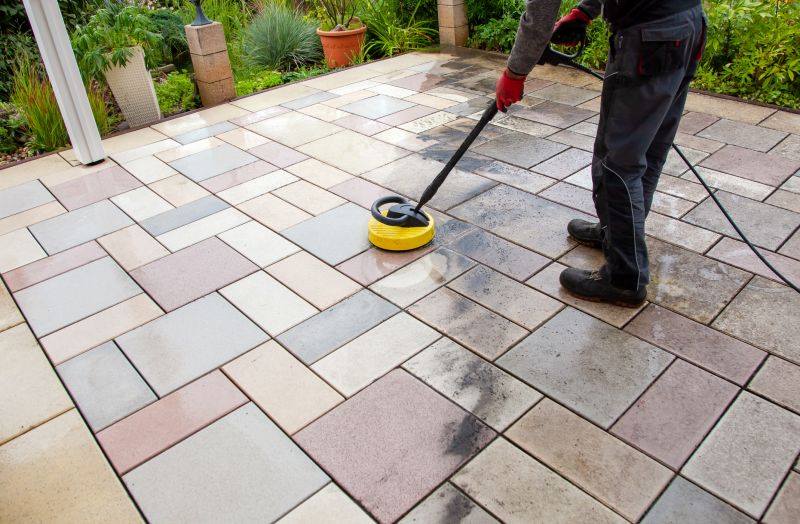
Sealing during summer protects against UV rays and weather wear.
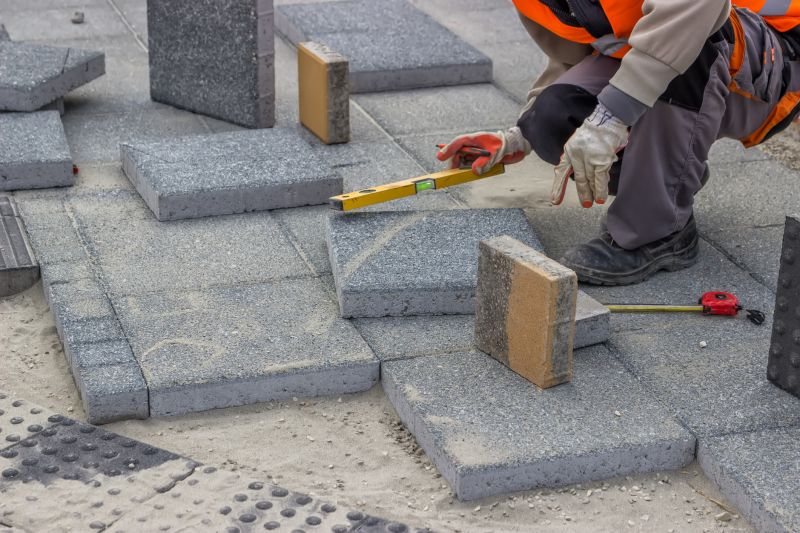
Spring's moderate temperatures support optimal installation conditions.
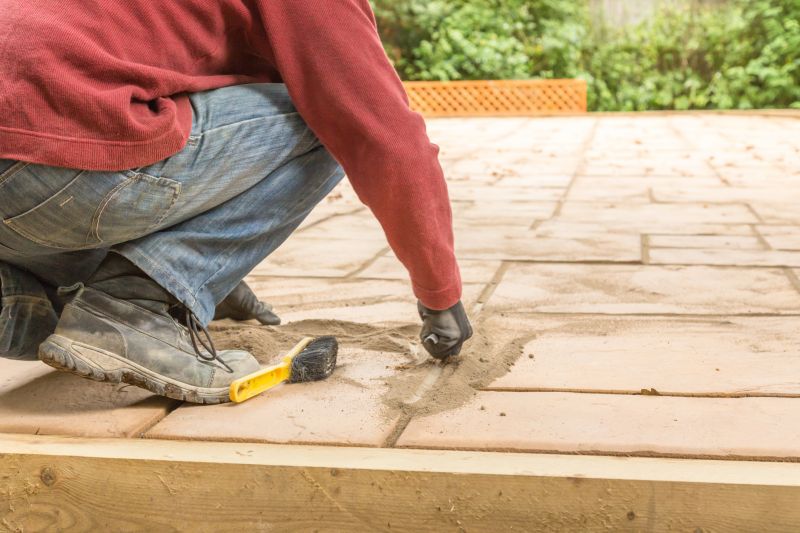
Fall is suitable for repairs before winter weather sets in.
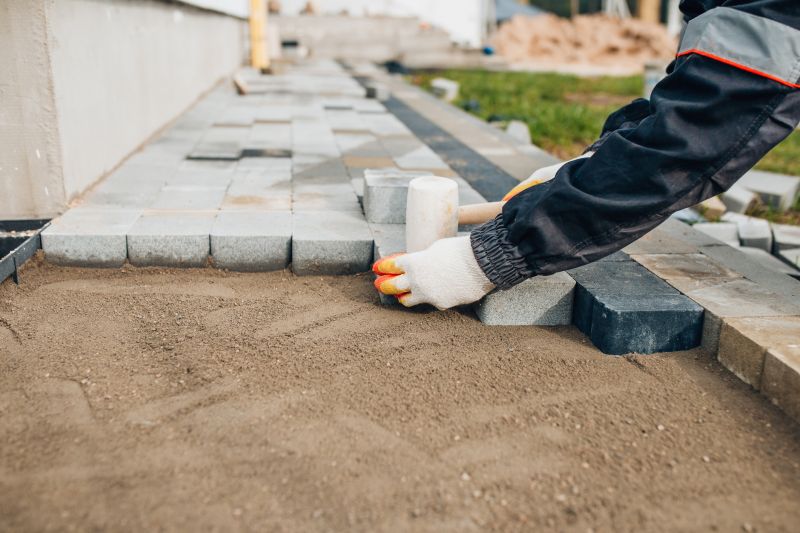
Winter conditions hinder effective pavers work due to moisture and cold.
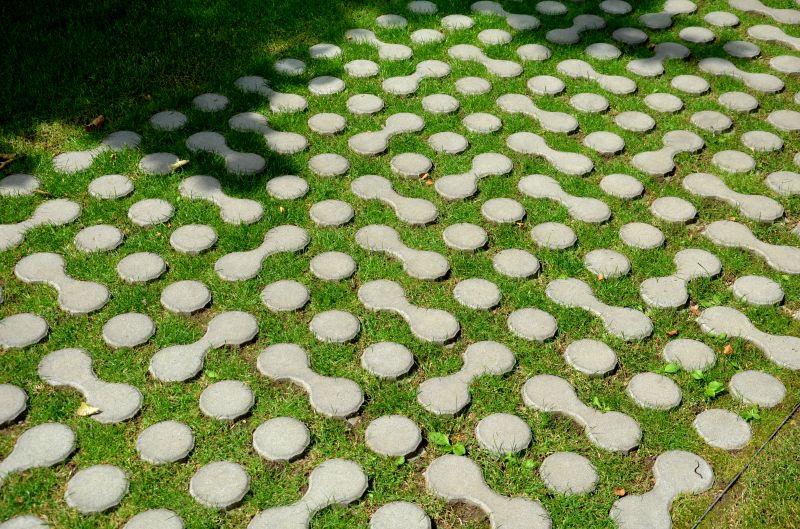
Lower-waste or water-saving choices for Pavers Service.
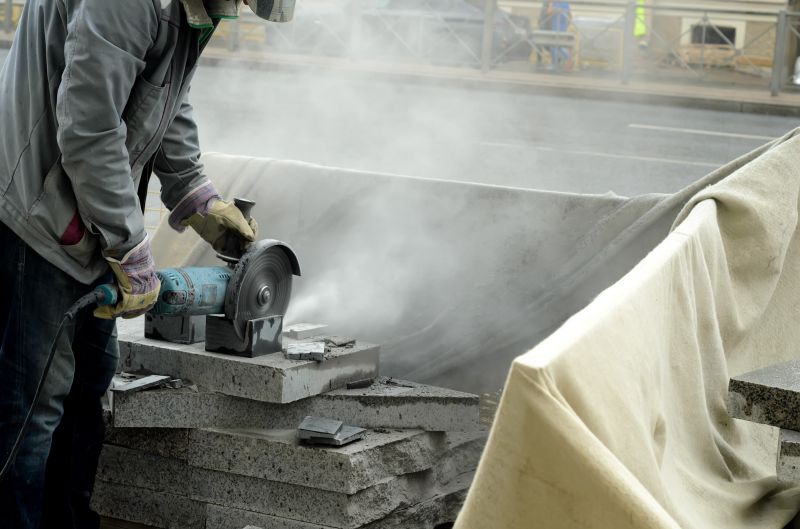
The short, realistic tool list for quality Pavers Service.
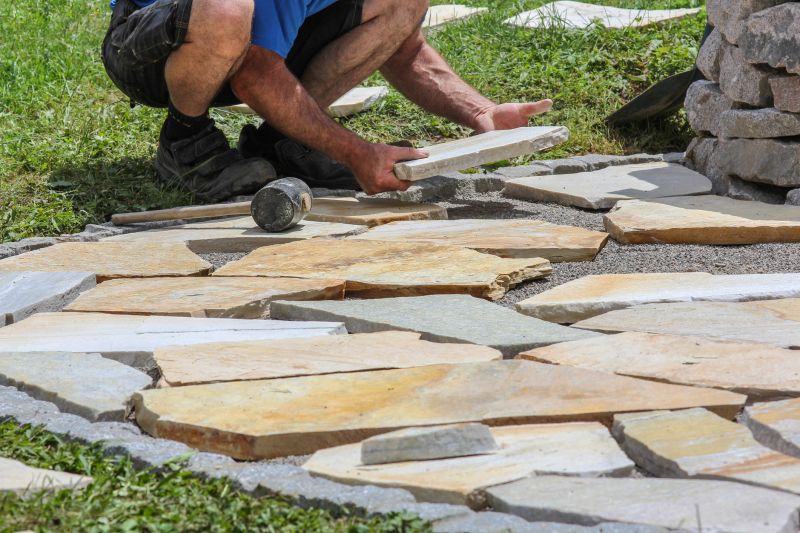
Rough timing from prep to clean-up for Pavers Service.
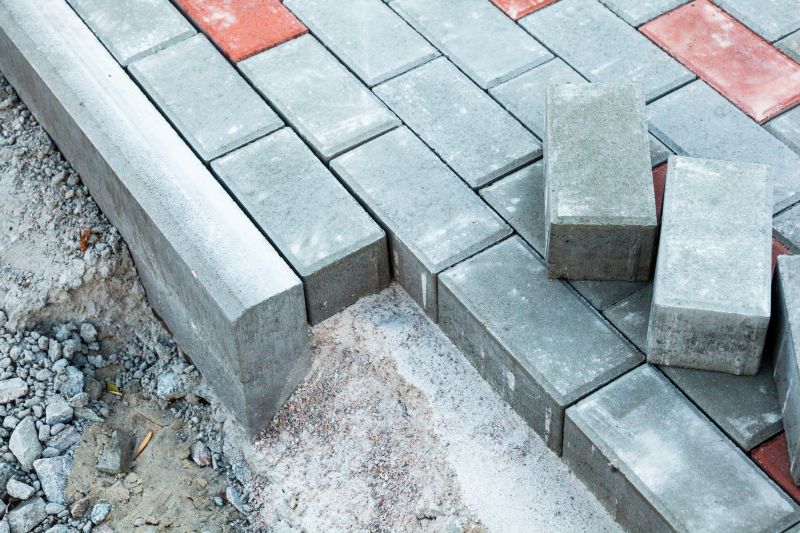
Quick checks and paperwork to keep after Pavers Service.
Interested parties are encouraged to contact for scheduling pavers service at the most suitable time. Proper planning based on seasonal weather patterns can enhance the durability and appearance of paved surfaces. Filling out the contact form ensures timely and effective service tailored to seasonal conditions.

